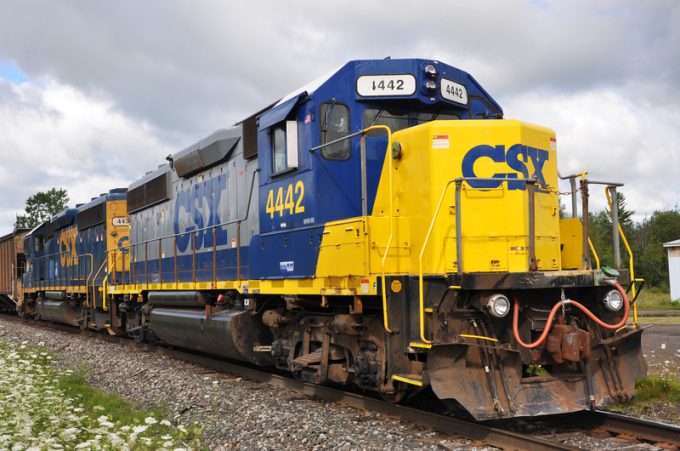'Tariff today, gone tomorrow' taking transpac box trade to the brink
Is Trump taking us back to tramp shipping?

US rail operator CSX may have recorded a return to growth in its latest results – the first since Hunter Harrison became chief executive – but it seems regulators and shippers are unhappy with his reforms.
In a letter from the Surface Transportation Board (STB) Mr Harrison ...

Comment on this article